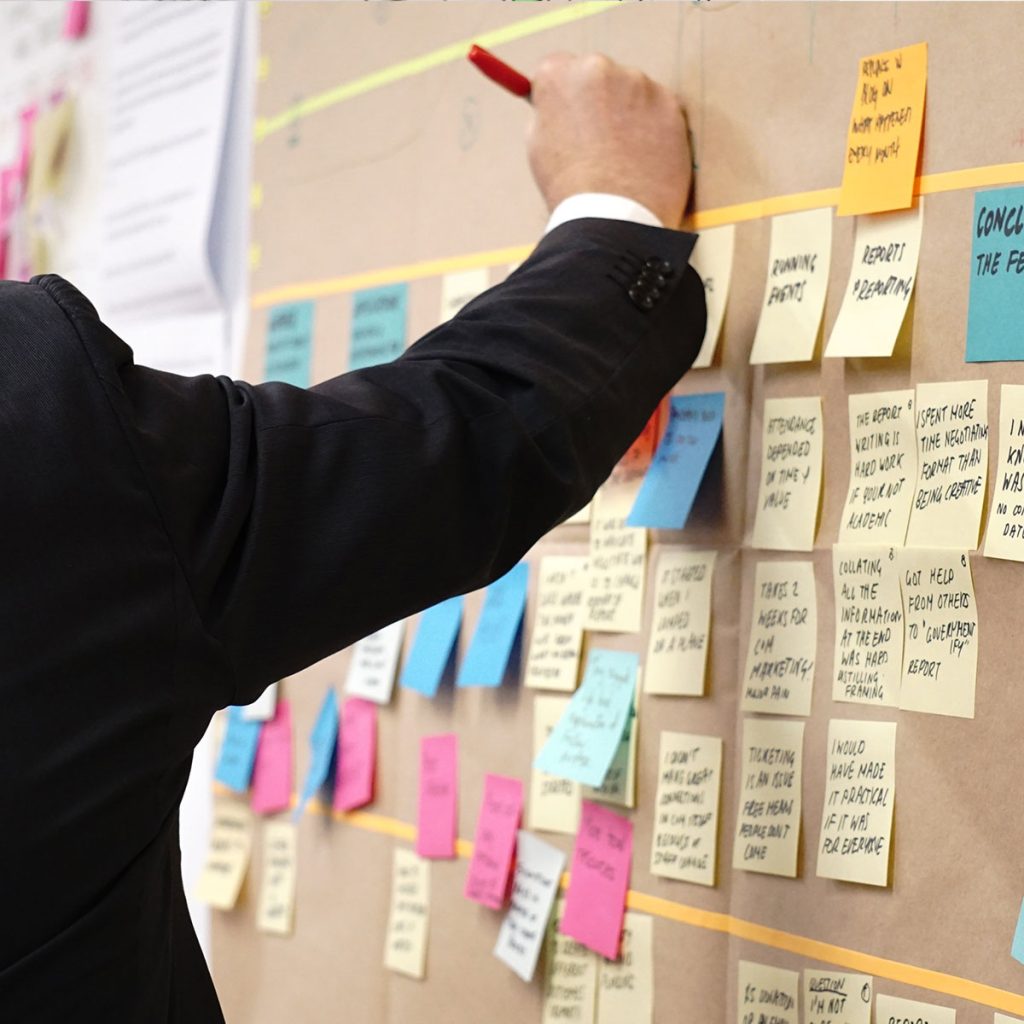
Building a successful startup is a challenging journey filled with uncertainties. To navigate this path effectively, innovation developers must adopt strategies that increase their chances of success. One of the most important strategy is prioritizing customer development before diving into product development. In this article, I will explore why you should place a strong emphasis on understanding your customers and their needs before creating a new product.
Develop a Dream Product of Your Customers

To achieve success in the innovation world, it’s essential to shift your mindset. Rather than solely focusing on developing your dream product, the key lies in developing the dream product of your customers. This can only be accomplished by understanding what your customers genuinely need and what they are willing to pay for. Let’s explore why this customer-centric approach is crucial for startup success.
Validate Your Product Vision with Real Customers Before Development
If you haven’t spent 20 years working as a product buyer within your customers’ companies, your product vision is merely an educated guess. To ensure its viability, it is crucial to validate your vision with real customers before committing your time and resources to product development.
Gain Deep Insights into Customer Needs
Professional made customer development allows you to gather valuable insights about your target segment customer’s pain points, preferences, and behaviors. Engaging directly with potential customers through interviews, surveys, and observation helps identify real-world problems that need solving. This understanding serves as a foundation for building a product that addresses customer needs and how to sell it to them.
Reduce the Risk of Building the Wrong Product

Developing a product without tested the customer needs by customers is a huge risk. By skipping the customer development phase, startups run the risk of creating a solution that fails to resonate with the target audience, even the product meets perfectly co-founders’ needs. This can lead to wasted time, effort, and resources. In contrast, customer development mitigates this risk by validating assumptions and ensuring that the product being built aligns with what customers truly want.
Test and Validate Assumptions
Startups often operate with a set of assumptions about their target market and the problems they face. However, these assumptions are usually not align with reality until they are tested by real customers. Customer development provides an opportunity to test and validate these assumptions with real customers. By engaging in conversations with potential customers, startups can gather feedback and refine their understanding of the market. This iterative process enables entrepreneurs to pivot, adjust, or even abandon their initial ideas based on real-world feedback, saving valuable time and resources.
Accelerate Product-Market Fit Before Developing It
Product-market fit is the holy grail for startups. It signifies that a product aligns perfectly with customer needs and preferences, resulting in high demand and market success. By prioritizing customer development, startups can fine-tune their product based on real customer feedback, accelerating the process of achieving product-market fit. This iterative approach allows for continuous improvement, ensuring that the final product resonates strongly with the target market.
The Goal Is to Have 100 Customers with Same Features

The ultimate goal is to develop a Minimum Viable Product (MVP) with a minimal set of features that can effectively serve 1000 customers. In other words, the aim is to avoid developing new features for each individual customer. Achieving this product optimization requires conducting customer development work before initiating the development process.
It Is Never too Late to Do Customer Development
If you’ve already launched your initial product versions but experienced less-than-expected customer adoption, don’t lose hope. You can still turn things around by revisiting customer development and refining your plans.
Conclusion
In the competitive startup landscape, success often hinges on a deep understanding of customers and their needs. By prioritizing customer development before embarking on product development, startups can gather valuable insights, mitigate risks, and increase their chances of building a product that aligns with market demand. This customer-centric approach sets the foundation for strong customer relationships, product-market fit, and long-term success. Remember, taking the time to listen, learn, and iterate based on customer feedback is not only prudent but essential for startup growth and preparing the startup ready for customers and investors.

“Let’s Create the Better Future Together.”


